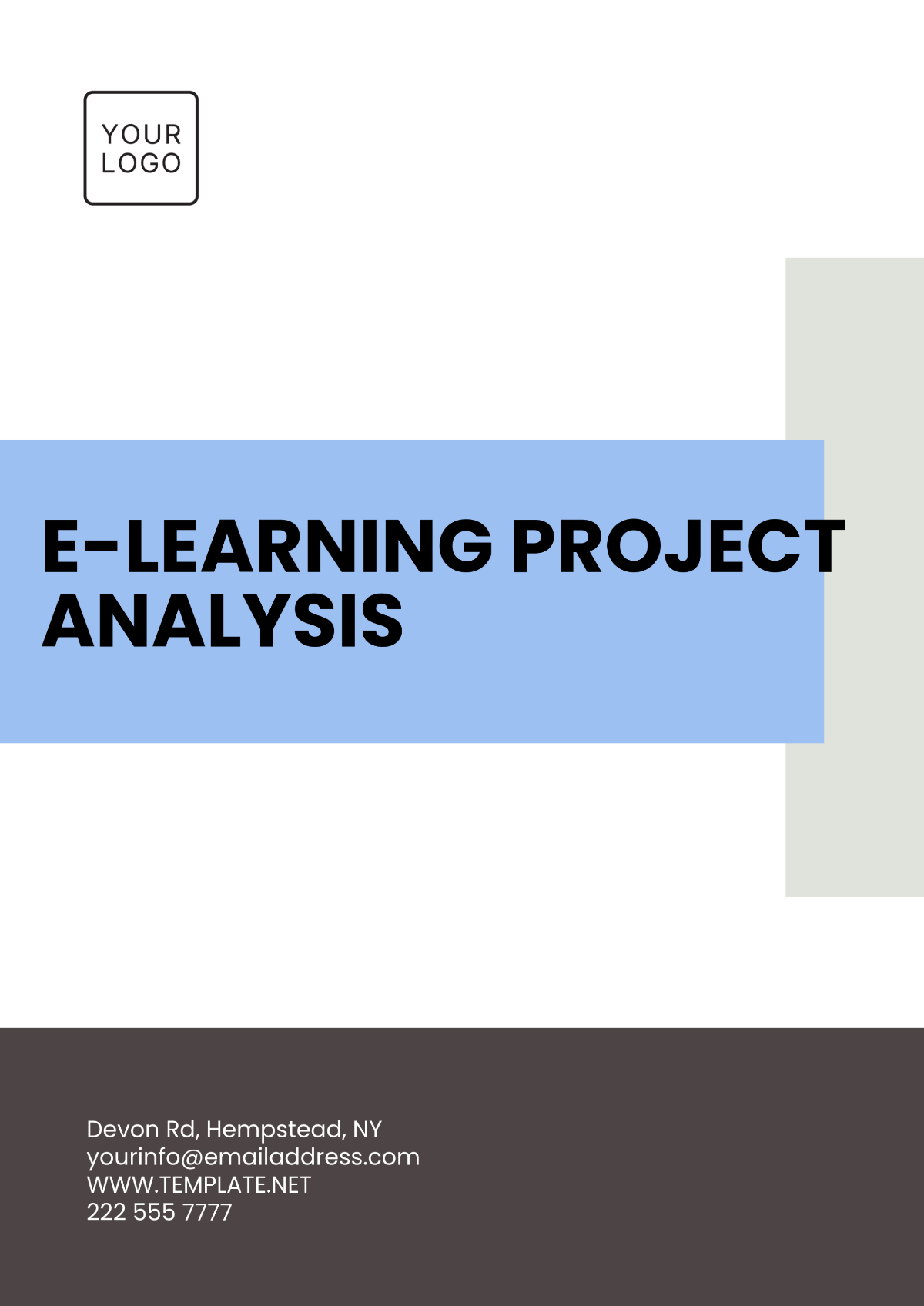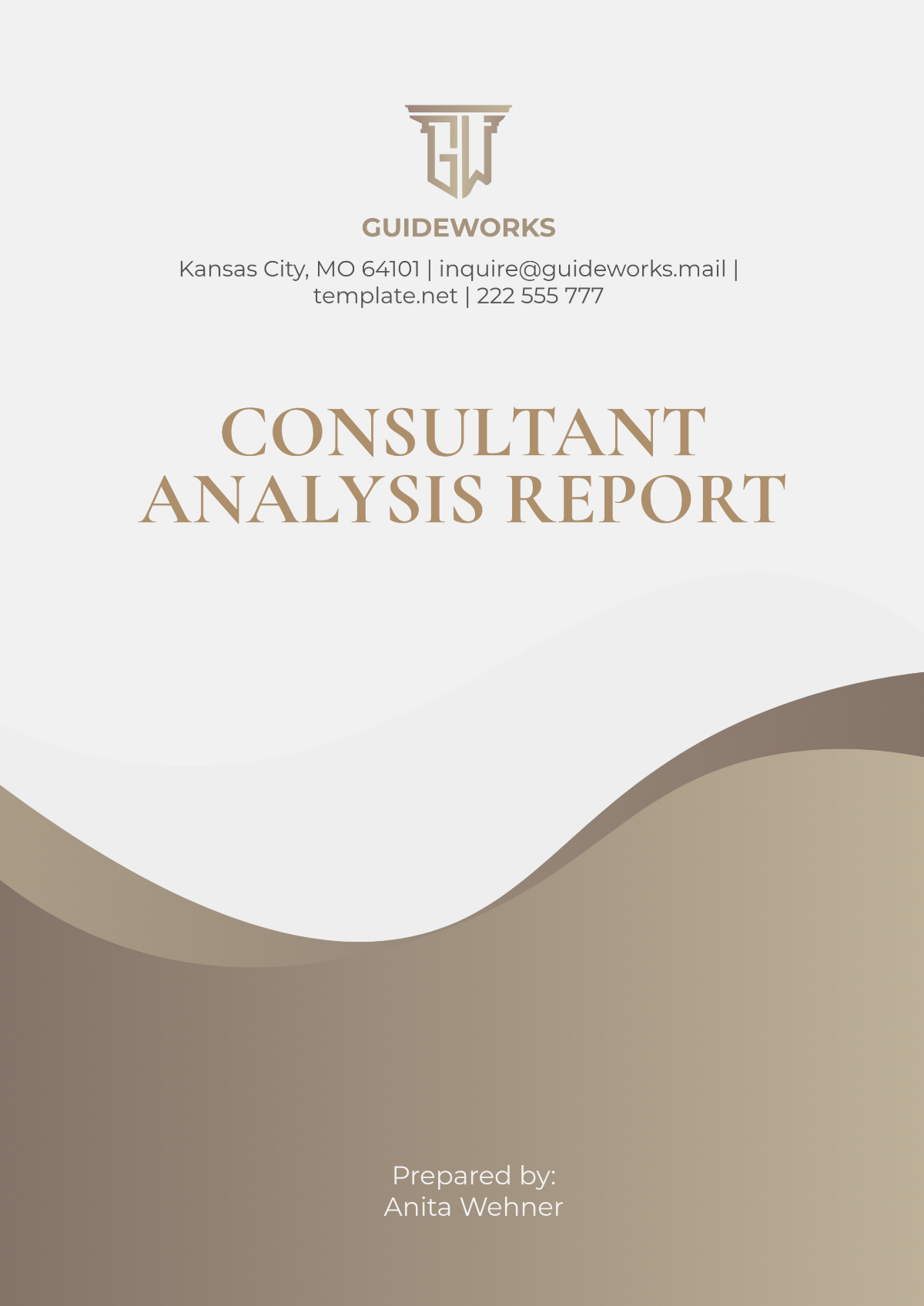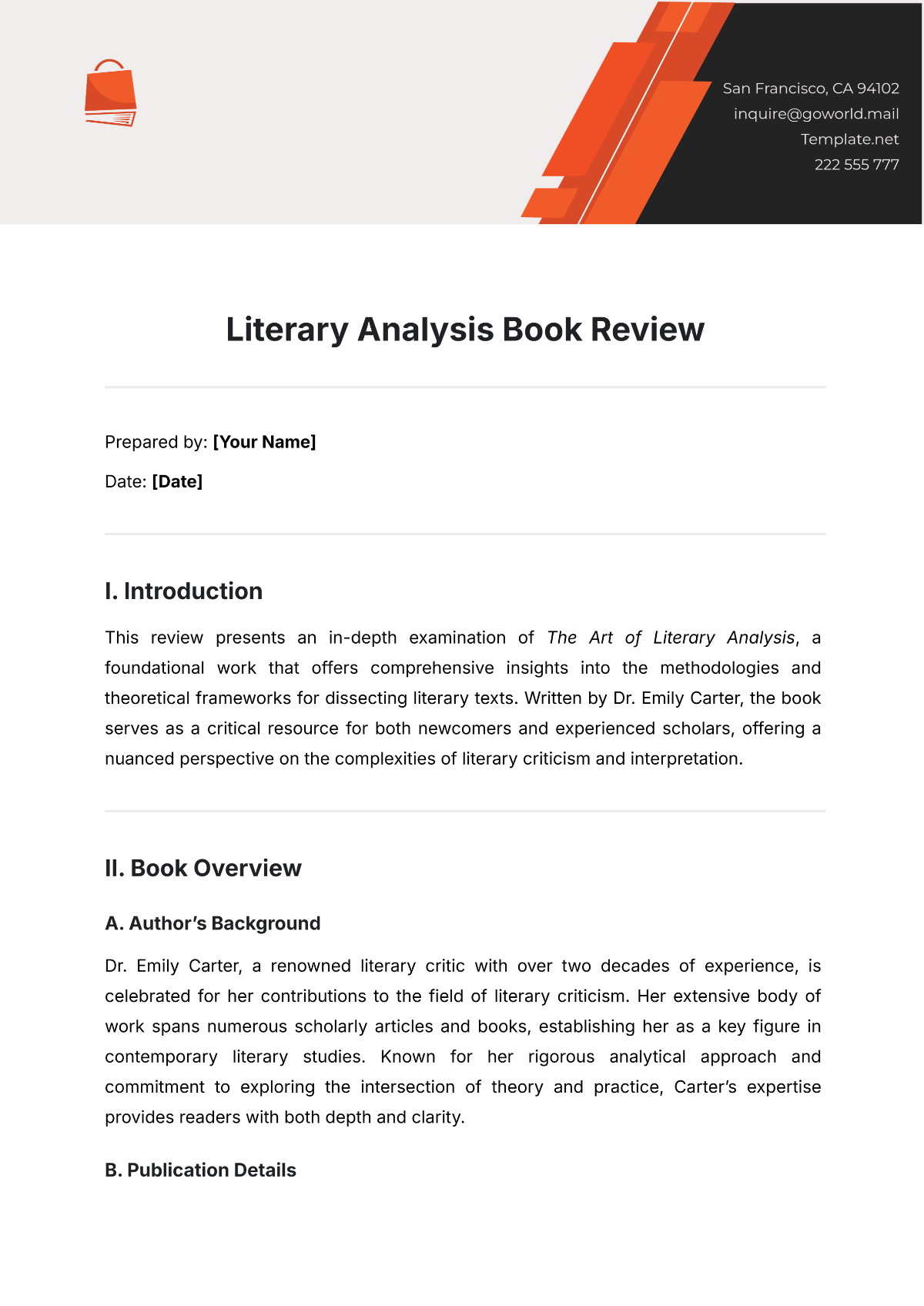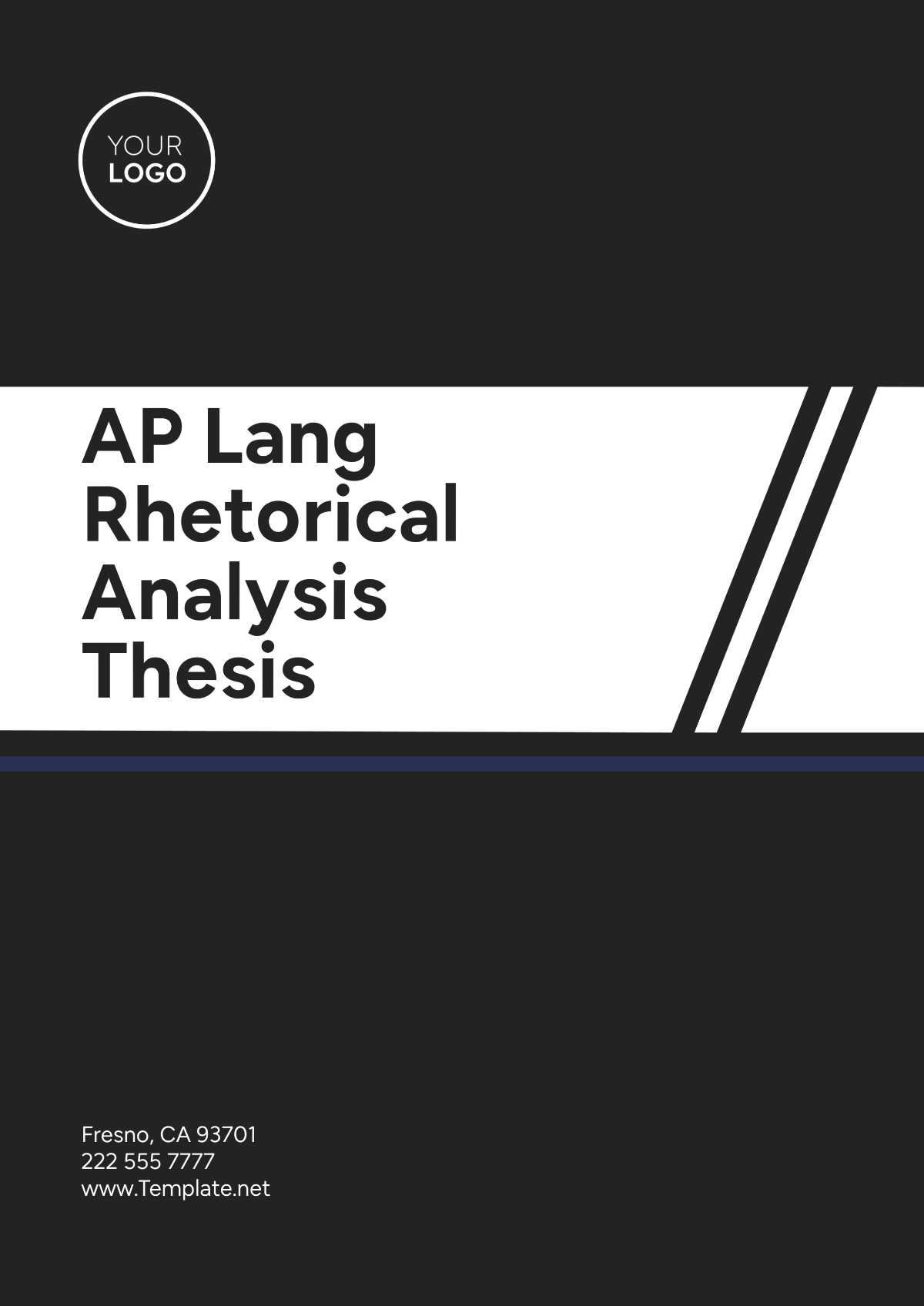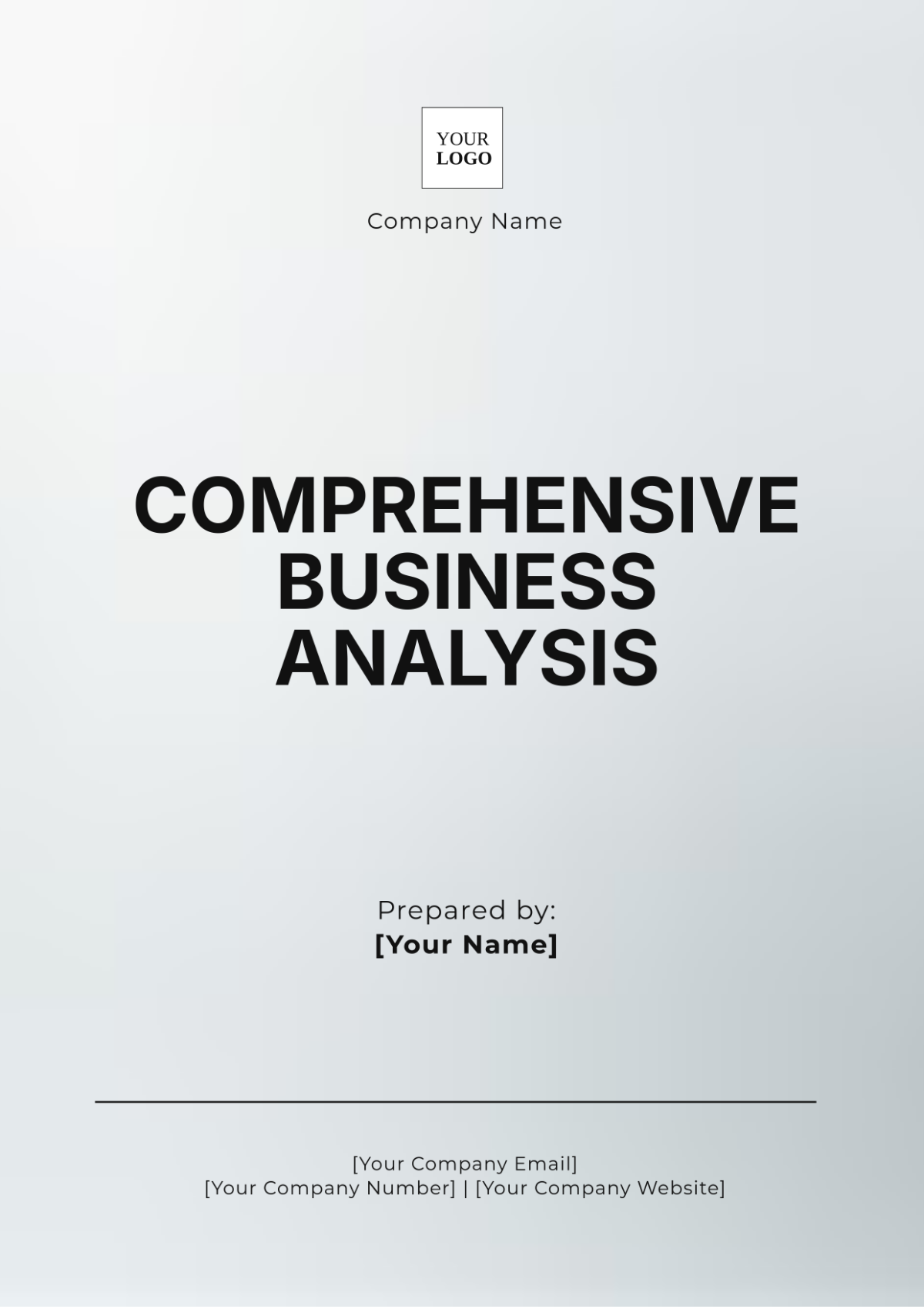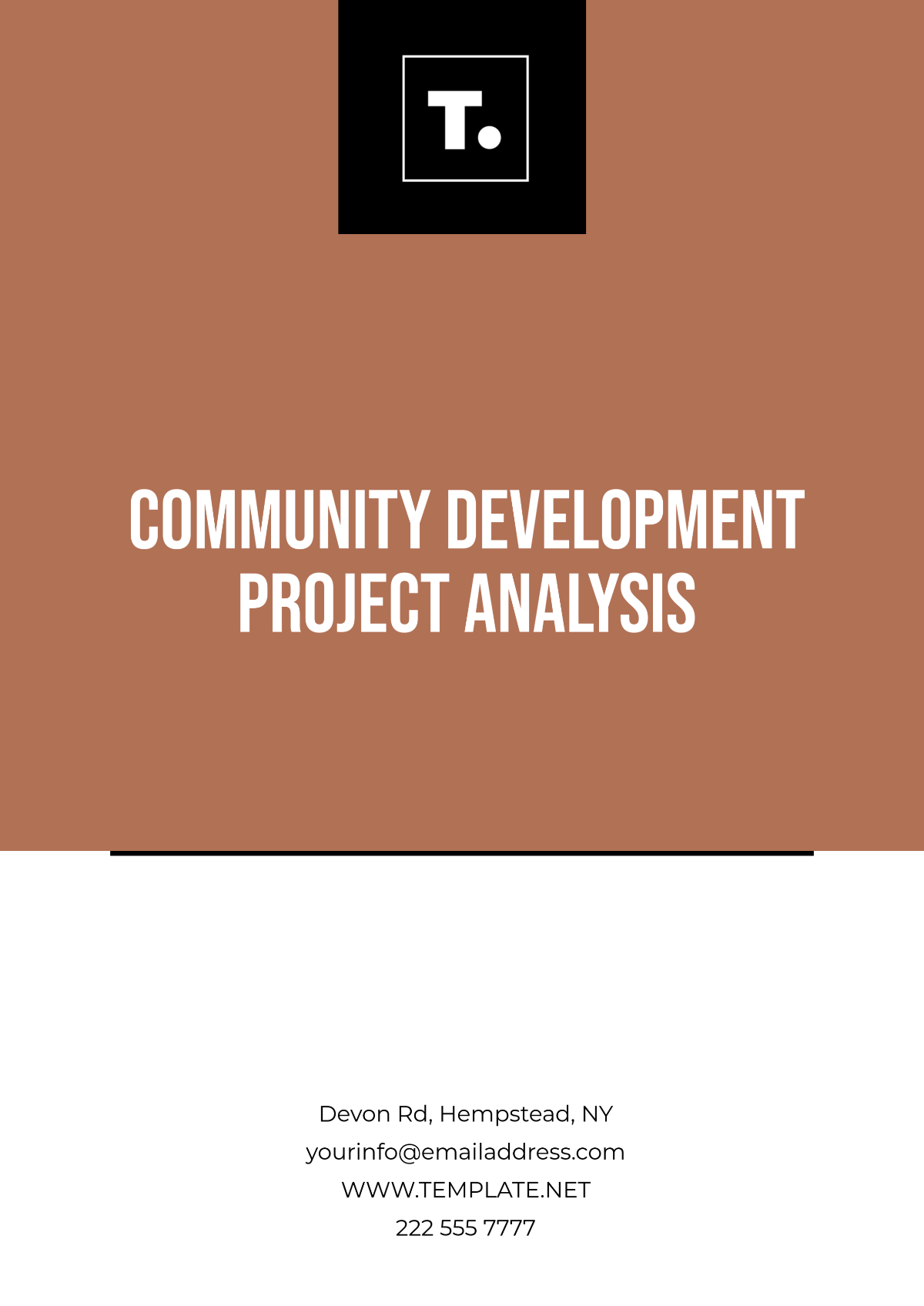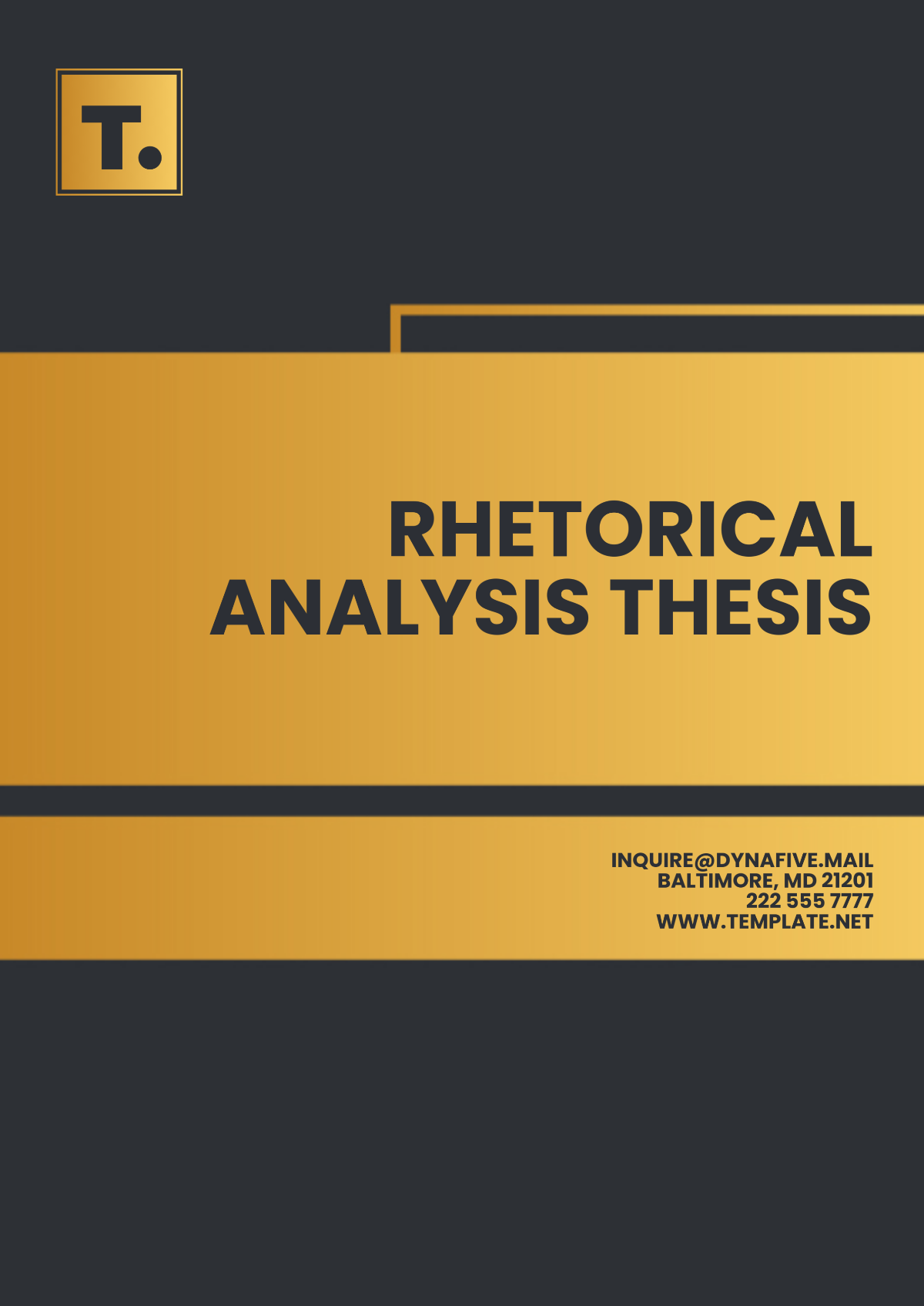Discourse in Teaching Analysis
Introduction
Discourse in teaching refers to how language and communication are used in educational settings to facilitate learning. This encompasses the interactions between teachers and students, the instructional strategies implemented, and the impact of these practices on student engagement and understanding. Analyzing discourse in teaching helps in understanding how verbal and non-verbal communication strategies influence the learning environment and student outcomes.
Language in Teaching
Verbal Communication
Verbal communication in the classroom includes the spoken words used by teachers and students. Effective verbal communication can enhance understanding and engage students.
Explanation: Teachers provide clear, structured explanations of concepts to ensure students grasp the material. This involves breaking down complex ideas into understandable segments and using examples to clarify points.
Questioning: Employing a variety of questioning techniques to stimulate critical thinking and encourage student participation. Open-ended questions promote deeper discussion, while closed questions can assess understanding and recall.
Feedback: Constructive feedback involves offering specific, actionable comments on student work or performance. This feedback helps students understand their progress, recognize areas for improvement, and build confidence.
Non-Verbal Communication
Non-verbal communication comprises gestures, facial expressions, and body language that can support or enhance verbal messages.
Gestures: Teachers use hand movements and other gestures to emphasize points, illustrate concepts, or guide student attention.
Facial Expressions: Expressions such as smiling or frowning can convey enthusiasm, concern, or understanding, influencing the classroom atmosphere and student motivation.
Proximity: Moving around the classroom allows teachers to interact with students individually, monitor engagement, and provide immediate support.
Communication Strategies in Teaching
Interactive Techniques
Interactive techniques involve two-way communication and active participation from students.
Technique | Description |
|---|---|
Think-Pair-Share | Students think individually, then discuss their ideas with a partner, and finally share with the larger group. |
Group Discussions | Facilitated dialogues among students to explore ideas deeply. |
Role-Playing | Students act out scenarios to better understand different perspectives. |
Instructional Scaffolding
Instructional scaffolding involves providing temporary support to students to help them achieve learning goals that they might not be able to reach independently.
Modeling: Teachers demonstrate a task or skill before students attempt it, offering a clear example of what is expected.
Guided Practice: Teachers provide support as students practice new skills, offering feedback and assistance to ensure correct application.
Independent Practice: Students apply new skills on their own, building confidence and mastery through practice and self-assessment.
Pedagogical Approaches
Constructivist Approach
The constructivist approach emphasizes the student's active role in constructing knowledge through experience and interaction.
Characteristic | Description |
|---|---|
Active Learning | Engaging students in activities that promote analysis, synthesis, and evaluation. |
Collaboration | Students work together to solve problems and create new understanding. |
Reflection | Encouraging students to think about their learning processes and outcomes. |
Behaviorist Approach
The behaviorist approach focuses on observable behaviors and the ways they can be influenced or conditioned by the environment.
Reinforcement: Using rewards and consequences to influence behavior, reinforcing positive actions, and correcting undesired ones.
Repetition: Encouraging repetitive practice of skills to reinforce learning and ensure mastery.
Drill and Practice: Systematic practice of skills through structured exercises to solidify understanding and performance.
Conclusion
In conclusion, the discourse in teaching is multifaceted, involving both language and communication strategies. Effective teaching requires a blend of verbal and non-verbal communication along with instructional strategies that cater to diverse learner needs. By analyzing these elements, educators can enhance their teaching practices and improve student learning outcomes.

